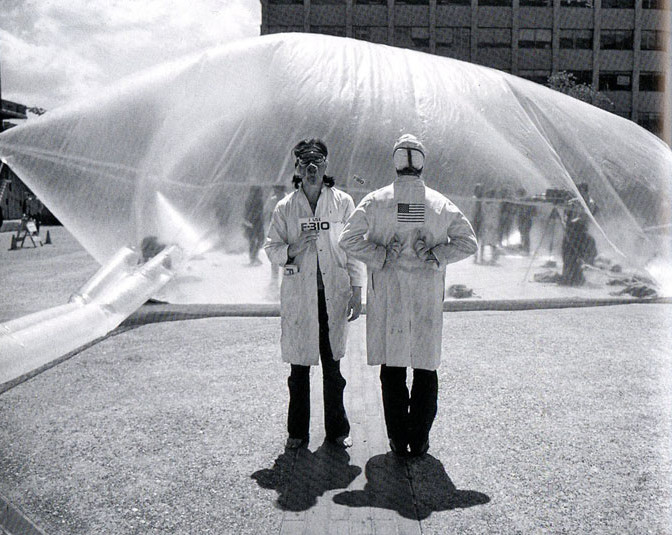In theory, terraforming a planet would be an awfully useful thing to know how to do. In practice, wow, not easy.
The dream of remaking Mars as another Earth is certain to be (at best) deferred, as the science needed is as complex as the unintended consequences sure to rear their ugly heads. In the nearer term, perhaps synthetic biology will allow us to rework limited areas of Mars and help us counter drought and environmental damage on the home base.
From Becky Ferreira at Vice Motherboard:
There is a popular hope, nurtured by futurists like Elon Musk and Craig Venter, that with the right ingredients, Mars can be terraformed into a kind of a paradisiacal facsimile of Earth.
“It’s a fixer-upper of a planet,” Musk told Stephen Colbert on a recent episode of The Late Show. “First you have to live in transparent domes, but eventually you can transform it into an Earthlike planet.”
This is a captivating vision of the future and one that by no means deserves discouragement. But according to NASA astrobiologist Lynn Rothschild, a specialist in synthetic biology, we shouldn’t pin all of our Martian dreams on terraforming alone.
“Terraforming is making a planet Earthlike,” Rothschild told me over the phone. “I think the chance of making Mars like the Earth—an exact replica—is pretty bad.”
A more precise word, Rothschild said, would be “ecopoiesis,” which refers to the process of seeding a new ecosystem into a sterile environment. It’s like a scaled down version of terraforming that can be localized to certain regions—for instance, the Palikir crater where the latest evidence of flowing water was found.
“What I think is the most likely for the foreseeable future is having small areas that are enclosed,” Rothschild said. “Once you establish a smaller enclosed area, then you can start talking about recycling oxygen through algae, and all the stuff we’re working on.”•

